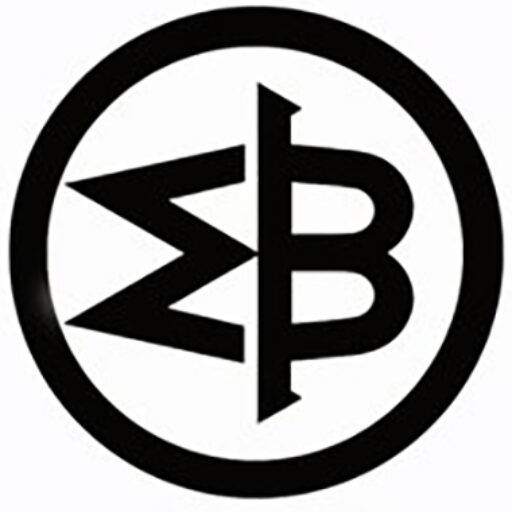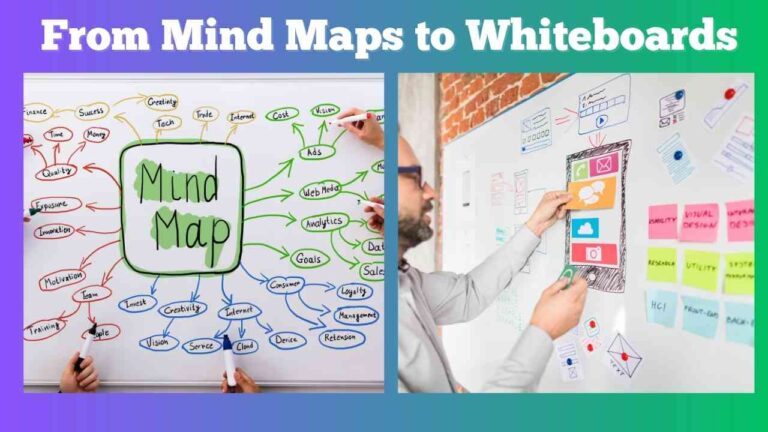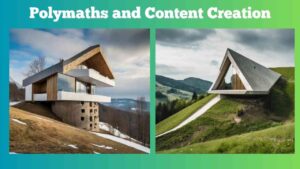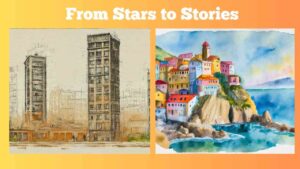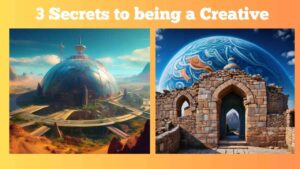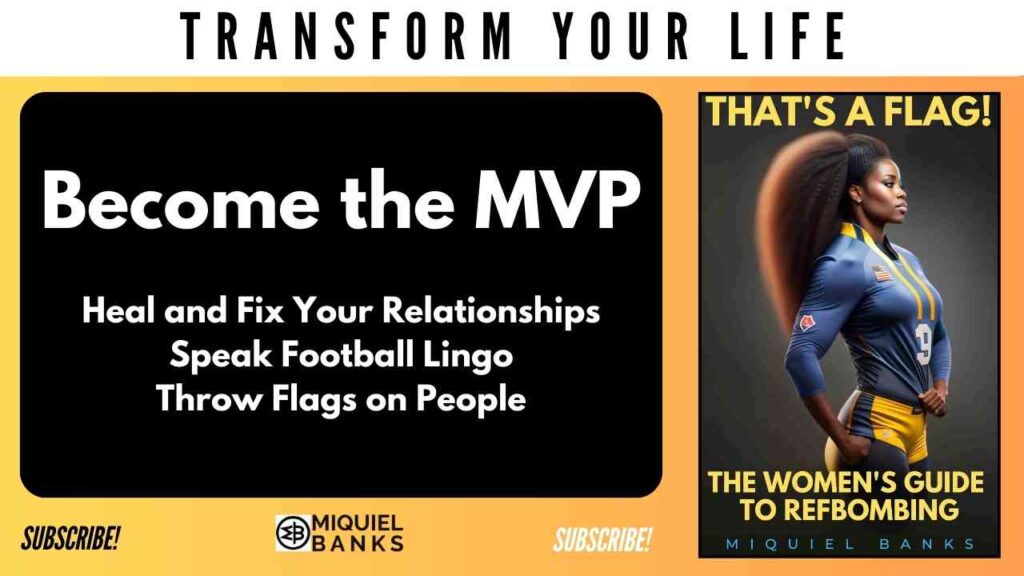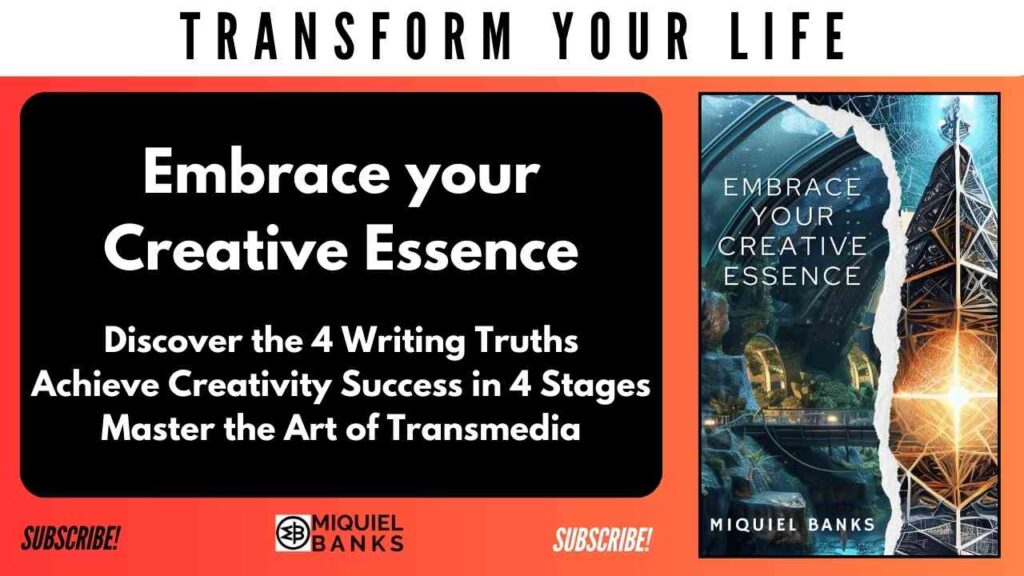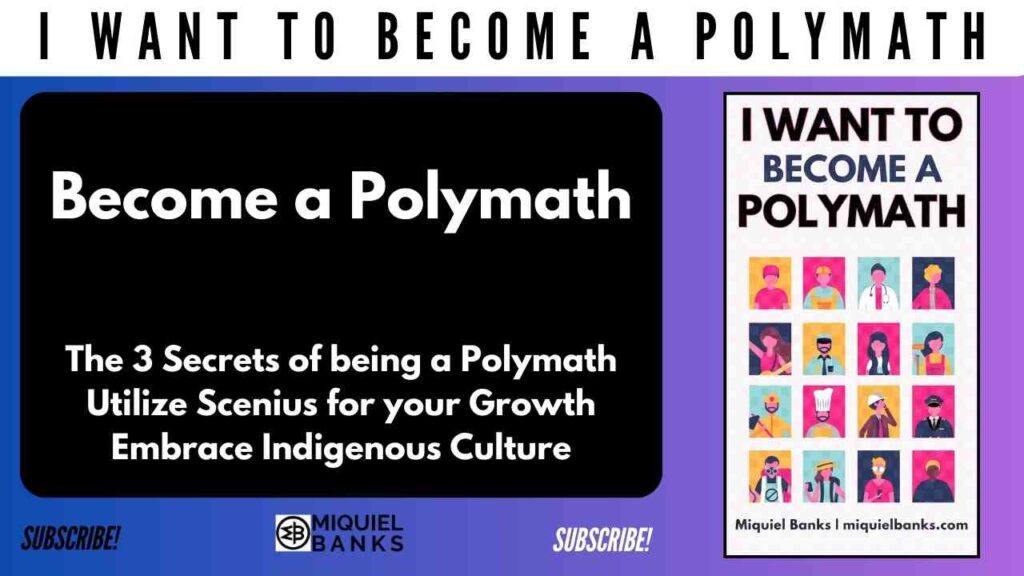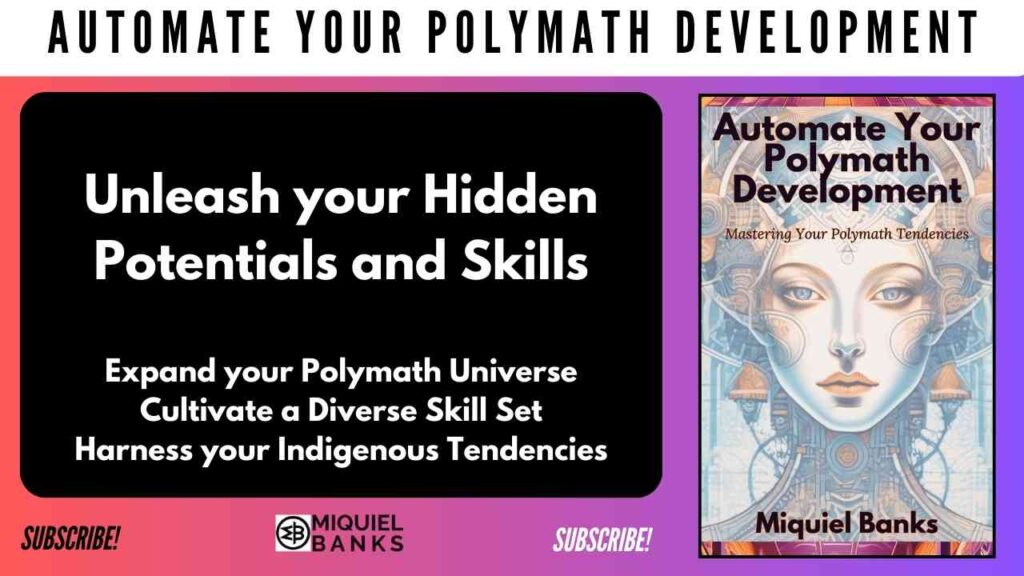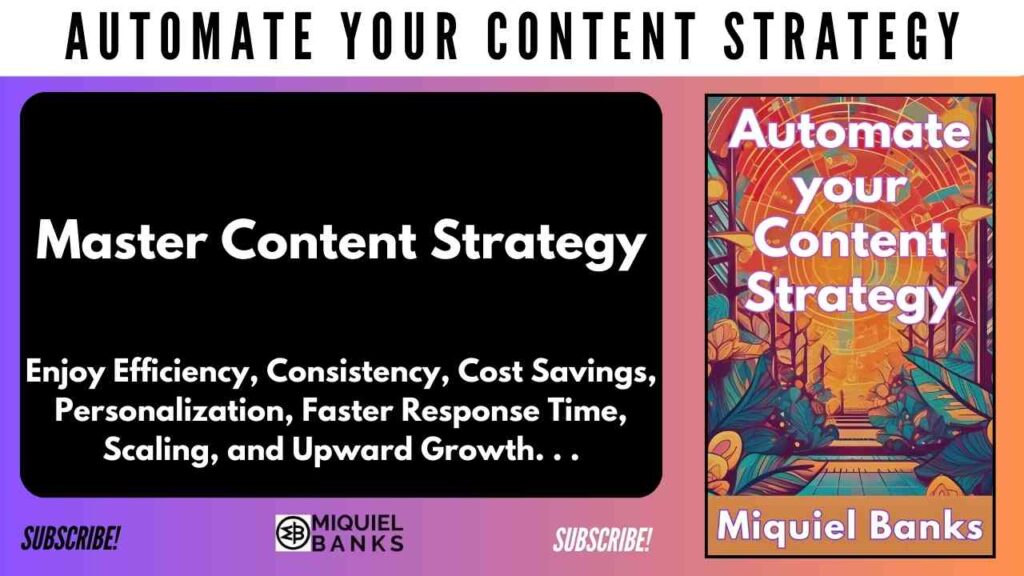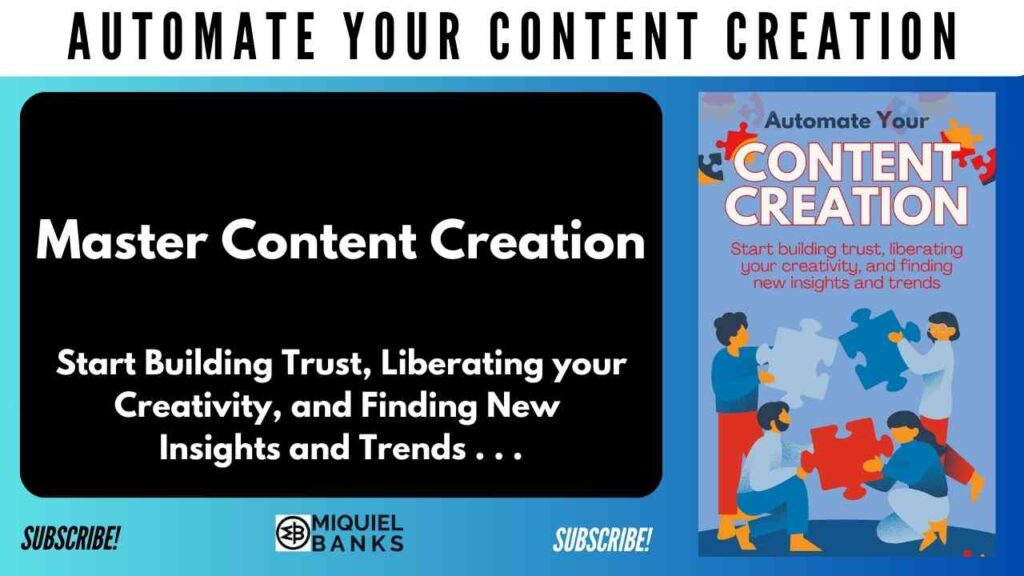Introduction
In the ever-evolving landscape of content creation, the tools we choose can profoundly shape our creative journeys.
Imagine the humble index card, a steadfast companion for screenwriters, offering a tactile way to capture fleeting ideas and organize thoughts in a linear fashion.
But what happens when these cards evolve into intricate mind maps, weaving a web of connections that bring clarity to the chaos of creativity?
And then, the transformation culminates in the boundless expanses of a digital whiteboard, like Miro, where ideas can flow freely across an infinite canvas.
This progression not only enhances the organization and visualization of narratives but also empowers creators to dream bigger, allowing their stories to unfold with limitless potential.
Join us as we unravel this journey, discovering how each step serves as a cornerstone in crafting compelling narratives that resonate and inspire.
From Index Cards to Creativity
Embracing the Index Card Method
The index card method is a time-honored tradition in screenwriting and content creation.
It offers a tactile, portable way to capture and organize ideas. Each card represents a single thought or scene, allowing creators to rearrange them easily, fostering a fluid narrative structure.
This method encourages simplicity in storytelling, as it breaks down complex ideas into manageable, bite-sized pieces.
The physical act of writing on a card can also enhance memory retention, making it easier to recall and develop ideas.
Moreover, index cards create a visual map of the story, which can be a powerful tool for identifying gaps or inconsistencies.
While it might seem traditional in the digital age, embracing the index card method can be a foundational step in the creative process, providing clarity and direction before moving onto more complex organizational tools.
This method is where many creators find their narrative footing.
Transitioning Beyond Screenwriting
While index cards are a staple in screenwriting, their utility extends far beyond the confines of film scripts.
As creators explore different mediums, the transition to using index cards for diverse content forms becomes seamless.
For bloggers and entrepreneurs, these cards can capture brainstorming sessions, outline business strategies, or plan content calendars.
The simplicity and flexibility of the index card method allow it to adapt to various creative processes.
For instance, a filmmaker might use them to storyboard a documentary, while a small business owner might map out a marketing campaign.
This versatility underscores the index card’s value as a universal tool for organizing thoughts.
Transitioning beyond screenwriting, the index card method becomes a bridge between ideas and action, providing a foundation upon which more complex systems, such as mind maps or digital tools, can be built.
In any creative field, embracing this method can be the first step toward structured creativity.
Organizing Ideas with Simplicity
The charm of the index card method lies in its simplicity.
In a world overloaded with digital tools, returning to physical cards can feel refreshingly straightforward.
Each card’s limited space forces creators to distill thoughts into concise, clear ideas.
This simplicity aids in focusing on the essence of each concept without the distraction of formatting or digital notifications.
By physically rearranging cards on a desk, floor, or corkboard, creators can easily visualize the flow of ideas, making it simpler to identify relationships and gaps.
This hands-on approach to organizing ideas is particularly beneficial when plotting complex narratives or structuring multifaceted projects.
The tactile nature of moving cards around can also stimulate creativity, as it encourages a dynamic interaction with the content.
By organizing ideas with such simplicity, creators can maintain clarity throughout their project, laying a solid foundation for more detailed planning and execution in later stages.
Mapping the Mind’s Journey
Mind Maps as Creative Tools
Mind maps serve as powerful tools for visual thinkers, offering a way to organize ideas in a non-linear fashion.
Unlike index cards, mind maps allow creators to explore connections between ideas that might not be immediately apparent.
This approach is particularly effective for brainstorming, as it encourages free association and the exploration of tangential ideas.
The central idea anchors the map, with branches extending outward to represent related concepts.
This structure mirrors the natural flow of thought, making it easier to capture and expand upon spontaneous ideas.
For content creators, mind maps can help structure everything from blog posts to marketing strategies, offering a clear overview of the project at hand.
They also foster creativity by highlighting new pathways and perspectives.
By using mind maps, creators can break free from linear constraints, allowing for a more holistic approach to organizing and developing ideas.
This method can transform the planning phase into an inspiring creative journey.
Visualizing Connections and Concepts
Mind maps are invaluable for visualizing complex connections and concepts, offering a clarity that linear tools might lack.
By laying out ideas in a web-like structure, mind maps reveal the interdependencies and relationships between different pieces of information.
This visual representation aids in understanding how various elements of a project or narrative interact with each other.
For example, a blogger can use a mind map to connect main topics with subtopics, related keywords, and potential sources, creating a comprehensive content outline.
This bird’s-eye view allows creators to see the big picture while also focusing on individual components.
Moreover, mind maps can highlight gaps in knowledge or storytelling, prompting further research or creative exploration.
By visualizing connections in this manner, creators can better navigate the complexities of their projects.
Mind maps thus become not just organizational tools but also catalysts for deeper insight and innovation in the creative process.
Expanding Beyond Linear Thought
Mind maps liberate creators from the confines of linear thinking, allowing for a more expansive exploration of ideas.
Traditional outlines follow a sequential path, which can sometimes limit creative exploration.
In contrast, mind maps facilitate a more dynamic approach, where ideas can branch off in multiple directions.
This format encourages divergence, enabling creators to pursue new angles and unexpected associations.
For entrepreneurs, this means developing business strategies that account for a breadth of possibilities and contingencies.
Content creators can find new inspiration for themes or narratives by allowing ideas to evolve organically in a mind map.
This process of branching out mirrors natural cognitive patterns, supporting a more intuitive and fluid thinking process.
As ideas expand beyond linear constraints, creators often find innovative solutions and fresh insights.
By adopting mind maps, creators are not just organizing thoughts; they are opening doors to a multitude of creative pathways, enhancing both depth and breadth in their projects.
The Power of Whiteboard Canvases
Unlimited Space for Creativity
Digital whiteboards, like Miro, offer an expansive canvas that is unmatched by traditional tools, providing creators with unlimited space to visualize and organize their ideas.
This boundless environment supports creativity without the constraints of physical dimensions, allowing for continuous ideation and development.
For small business owners and content creators, this means the ability to map out entire projects, from conception to execution, in a single, interconnected space.
With the ability to zoom in and out, users can focus on intricate details or view the project as a whole, fostering a comprehensive understanding of complex ideas.
Additionally, the infinite canvas supports collaboration, where multiple users can contribute and interact in real-time, enriching the creative process through diverse perspectives.
This feature transforms digital whiteboards into dynamic hubs of creativity and innovation.
By leveraging the unlimited space of a digital whiteboard, creators unlock new potential, enabling them to push the boundaries of their creative projects.
Messy Beginnings to Organized Ends
The beauty of digital whiteboards lies in their ability to accommodate the messy, chaotic beginnings of the creative process while guiding users toward organized conclusions.
Initially, ideas may appear scattered across the canvas, reflecting the raw, unfiltered nature of brainstorming.
This stage is crucial, as it encourages free expression without the pressure of immediate structure.
Over time, as patterns emerge and connections form, creators can begin organizing these ideas into coherent structures.
The flexibility of digital whiteboards allows for easy rearrangement and categorization, enabling creators to experiment with different configurations until the most effective one is found.
This evolution from chaos to order mirrors the natural progression of creativity, where exploration gradually transitions into refinement.
For entrepreneurs and content creators, this process not only results in a well-structured plan or narrative but also preserves the initial creativity and spontaneity that sparked the project.
Digital whiteboards thus serve as powerful allies in transforming disorganized thoughts into polished, actionable outcomes.
Why Whiteboards Inspire
Whiteboards inspire creativity by providing a versatile platform where ideas can flourish without restrictions.
Their inherent flexibility allows creators to explore and iterate freely, fostering an environment where innovation thrives.
Unlike traditional tools, whiteboards accommodate a wide range of expression, from simple sketches to complex diagrams, enabling users to visualize thoughts in a manner that resonates with their unique process.
This adaptability makes whiteboards particularly appealing for collaborative efforts, where diverse inputs can coexist and evolve.
The act of physically writing or drawing on a whiteboard can also stimulate cognitive engagement, encouraging active participation and deeper thinking.
Moreover, the possibility of erasing and modifying content without limitations invites experimentation, reducing the fear of making mistakes.
This open-ended nature makes whiteboards a catalyst for creativity, where ideas can be continuously developed and refined.
For entrepreneurs and content creators, whiteboards become more than just a tool—they transform into an inspirational space where imagination leads to action.
Integrating Techniques for Success
Combining Traditional and Modern Methods
Combining traditional methods, like index cards, with modern digital tools, such as whiteboards, can enhance the creative process by leveraging the strengths of each approach.
Traditional methods provide a tactile, focused way to capture initial ideas, grounding the creative process in simplicity and clarity.
This hands-on approach can be particularly beneficial for initial brainstorming and organizing core concepts.
As projects evolve, transitioning to modern tools like digital whiteboards allows for expanded exploration and refinement.
Digital platforms offer features like infinite canvases, real-time collaboration, and multimedia integration, which can elevate and expand initial ideas.
By integrating both traditional and modern methods, creators can enjoy a comprehensive toolkit that supports all stages of the creative journey.
This synergy fosters a seamless flow from initial concept to polished execution, accommodating both the need for structure and the desire for innovation.
Embracing a hybrid approach empowers creators to harness the best of both worlds, ensuring robust and dynamic outcomes.
Tailoring the Process to Your Needs
Tailoring the creative process to fit individual needs is key to maximizing productivity and innovation.
Each creator brings unique preferences and strengths to their work, making it crucial to adapt techniques that align with personal workflows.
Some may find that starting with index cards provides the clarity needed to distill thoughts, while others might jump directly into digital tools for their flexibility and collaborative potential.
The key is to experiment with different methods and combinations to discover what best supports your creative objectives.
For instance, you might begin with mind maps to explore ideas broadly, then use a digital whiteboard for detailed planning and execution.
Tailoring the process allows for a custom approach that reflects your unique style and project requirements.
This personalization not only enhances efficiency but also ensures a more enjoyable and fulfilling creative journey, empowering you to turn your vision into reality with confidence and precision.
Conclusion
Encouraging exploration and innovation is vital for sustaining creativity and breaking new ground in any project.
By embracing a mindset that values experimentation, creators open themselves to unexpected discoveries and fresh perspectives.
Using a variety of tools, from physical index cards to advanced digital whiteboards, provides a playground for testing ideas without fear of failure.
This approach fosters an environment where iteration is not just accepted but encouraged, allowing creators to pivot and adapt as new insights emerge.
By mixing traditional methods with modern technologies, creators can explore ideas from different angles, leading to innovative solutions that might not have been apparent through a singular approach.
Encouraging this kind of exploration also cultivates a culture of continuous learning and growth, where each project builds upon the last.
Ultimately, fostering an explorative and innovative process empowers creators to push boundaries, leading to more dynamic and impactful outcomes.
